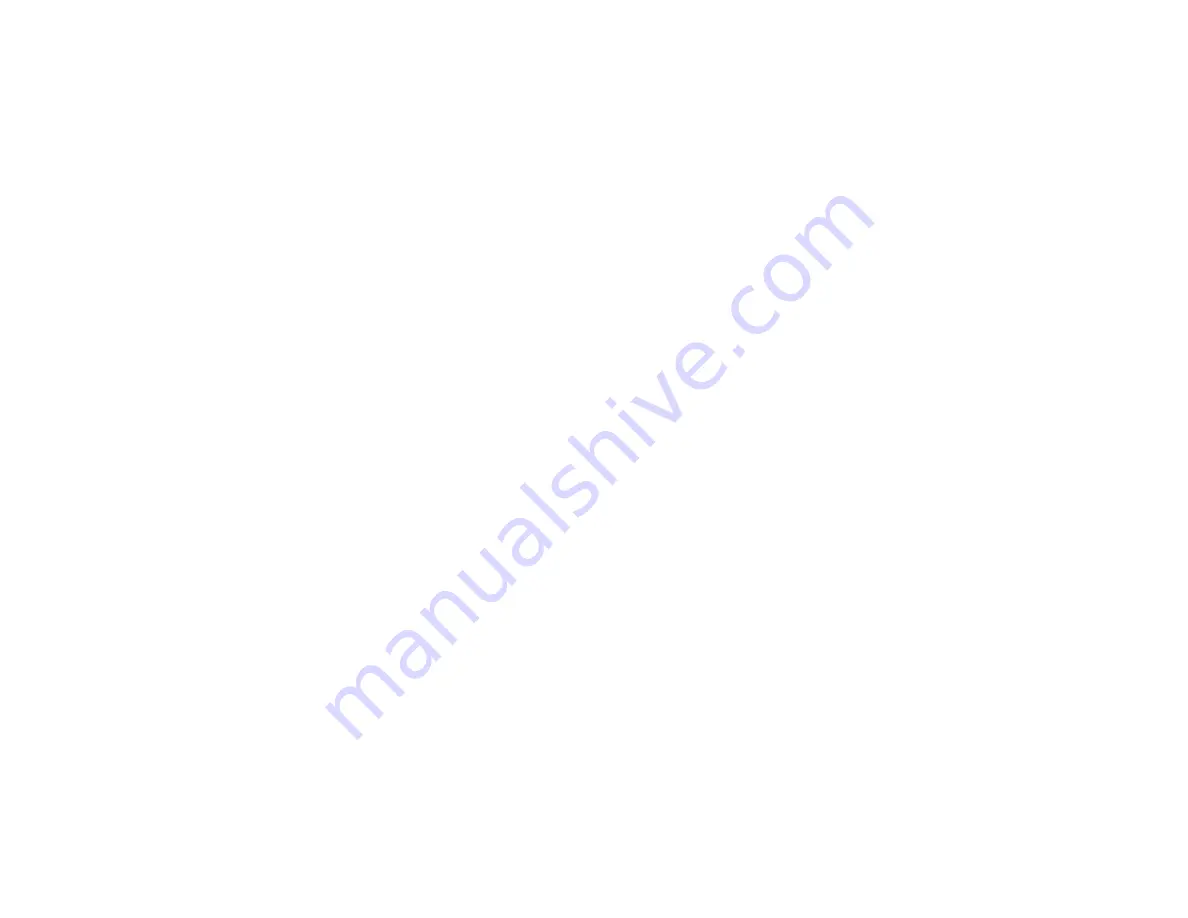
500-61001-001 Rev. D
Page 26 of 30
Q: What is the narrowest piece of lumber I can measure
accurately with the Wagner Hand-Held Moisture Meter?
A:
Model L610 measures boards as narrow as 2 1/2" in width.
Q: What thickness boards can I measure?
A:
Model L610 meters are designed to measure wood from 1
inch to 3 inches thick.
Note: Make sure there is nothing behind boards less than 1"
thick when you take the measurement because Wagner
meters will read through the thinner board and measure the
moisture in the material behind. Under no circumstances
measure a piece of wood that is sitting on a metal table. (The
Wagner L610 measures to a depth of 1", which will reach the
center of a 2" board)
Q: Can I get accurate results on 4x or larger lumber?
A: No hand-held moisture meter can accurately read to the
center of 4x material unless you are willing and able to drive
pins 1" into the lumber all the way up and down its length and
breadth. However using a Wagner Hand-Held Moisture Meter,
you can quickly and easily scan 4x lumber on both sides (4 x
4’s on all four sides). Then only the center 1 5/8" would be
unmeasured.
Note: Most wood grading agencies are generally not
concerned about the moisture content in the center of thicker
beams and posts. They consider 1" deep scanning more than
adequate.
Q: Where is the reading taken with a pin-type meter? With
a Wagner Hand-Held?
A:
Pin-type Meters take their measurements at the depth that
you’ve been able to drive the pins. . . and only in a line
between the non-insulated portion of the pins (often only the
tips). In contrast, Wagner Hand-Held Moisture Meters
generate a three-dimensional field that measures a 2 1/2"
wide, 2 1/2" long, 1” (minimum) thick volume of wood under
the entire sensor.
Q: How does this difference in me asuring techniques
affect accuracy?
A:
If you’re using a pin-type meter, the moisture content you
are reading is determined by the micro-thin path the electricity
takes to travel from one pin to the other. In effect, it measures
only the moisture content of that very tiny path. If there is a
single wet fiber between the pins, the electric charge will flow
easily along that fiber and cause pin-type meters to
exaggerate the moisture content in the wood when in fact it is
just a very small fiber that is wet. However, if the place you
choose to drive the pins into the wood is simply extraordinarily
dry and untypical of the rest of the piece you will get an
exaggerated dry reading. On the other hand, Wagner Hand-
Held Moisture Meters take an average of the moisture content
discovered by the full scan of the three-dimensional field so
small wet fibers are not read as large wet spots. Plus, it only
takes seconds to scan the entire board.
Q: How are moisture meters affected by surface
moisture?
A:
Most moisture meters can be affected by standing water,
or visible water on the board. You should always wipe off as
much excess water as possible. Once the standing water is
removed, Pin-type meters with non-insulated pins will register
a highly exaggerated moisture reading. Wagner Hand-Held





































